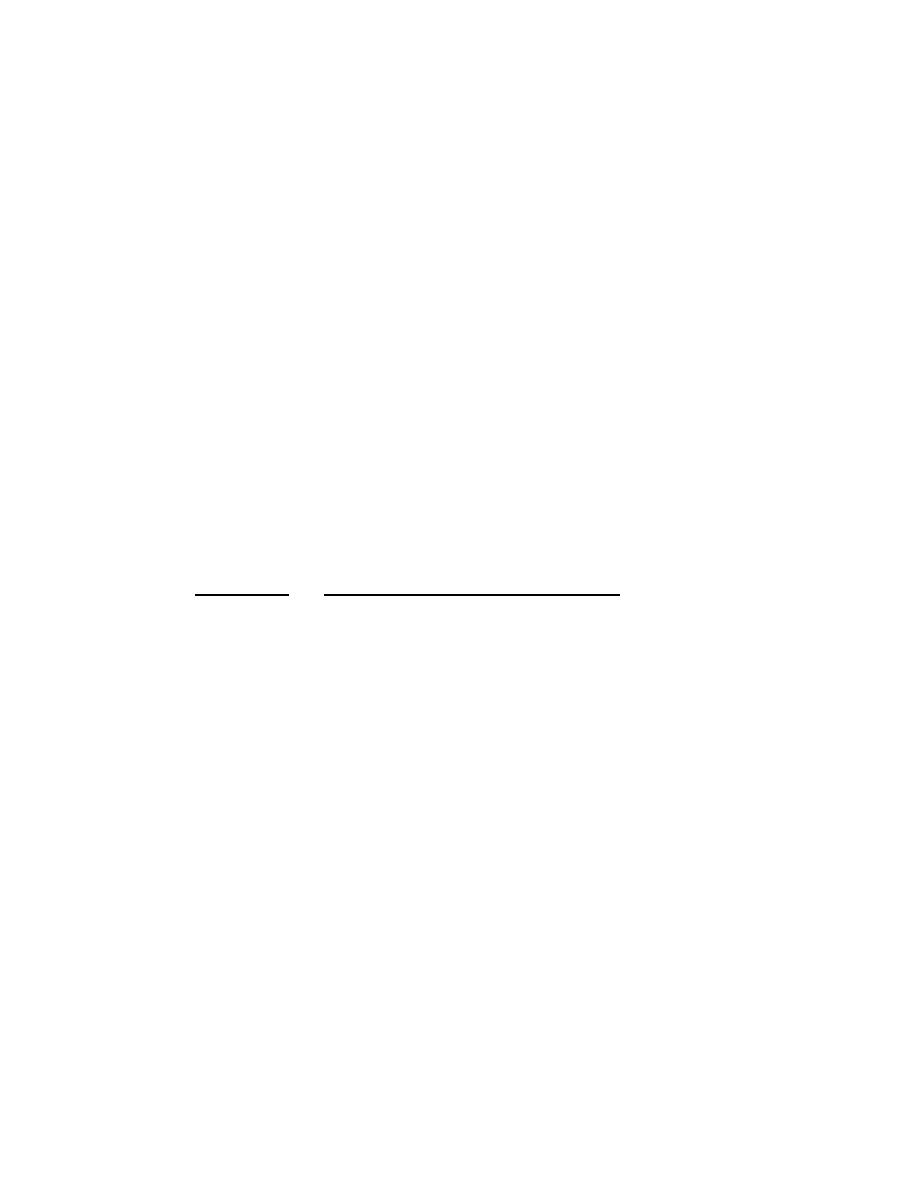
Indirect Techniques for Erosion Protection
suspension. That is, greater permeability is allowable if a large amount of bed material
sediment is carried in suspension, whereas less permeable structures are required if small
amounts of sediment, or predominately fine sediment sizes, are transported in
suspension.
Permeability and the choice of materials used to construct dikes are interrelated.
To achieve a given permeability, there will be more than one possible combination of
materials; conversely, a given choice of materials can be used for a range of
permeabilities by altering the design details (see 8.1.1).
(b) The length of individual dike structures (from the existing bankline to the riverward end
of the structure) is dictated by the desired alignment of channel if the channel is to be
realigned. Where stabilization of the existing bankline is the only requirement, then
determining the proper length is not so simple, and there is wide variation in practice.
FHWA (1985) states that dike length affects the local scour depth at the tip of
the dike, the angle of flow deflection induced by the dike, and the length of streambank
protected by each individual dike. Optimum dike length is to some extent a function of
dike permeability. Selection of an appropriate dike length is site-specific. However, the
following general guidance is provided:
Permeability
Recommended Projected Length of Dike
(percent)
(percent of channel width)
0-35
15% or less
80
25% or less
For permeabilities between 35% and 80%, linear interpolation between 15% and
25% of channel width can be used to determine maximum allowable length. Channel
width is defined as bankfull width, and projected length of dike is measured
perpendicular to the main flow direction.
If the dikes are being used to change the channel alignment, then the dike lengths
will often exceed these limits, and the length of individual dikes in a system will vary
widely depending upon the location of the realigned channel with respect to the existing
bankline. These limits basically represent values beyond which additional length is no
longer cost-effective, if stabilizing the bank in its present position is the only objective,
since difficulties associated with increased scour at the end of the dikes, and other flow
anomalies, may more than offset the additional length of bank protected by each dike.
General practice is to define length as the original constructed length, not
including any length dug into the bank for scour protection (see "bankheads" below).
A very conservative approach for design would be to assume that deposition after
construction would effectively move the bankline riverward, and to compute design dike
195
1 5




 Previous Page
Previous Page
